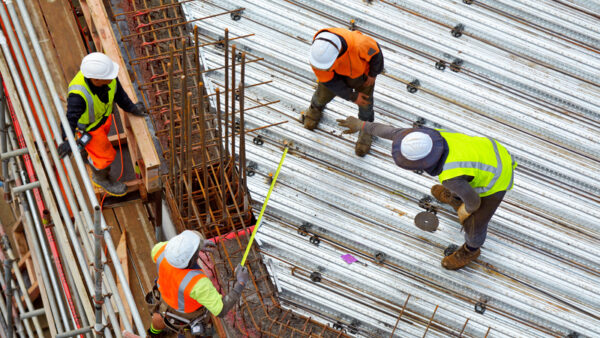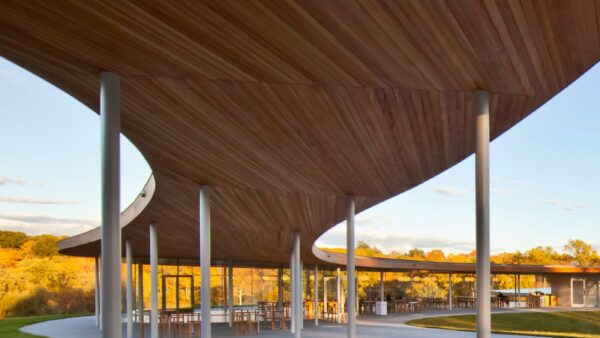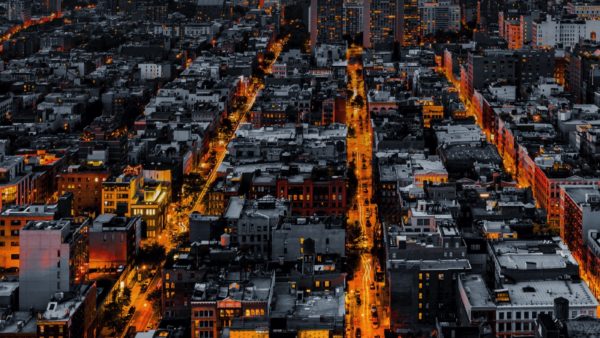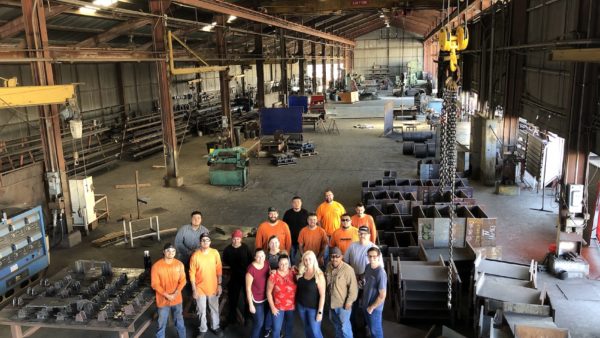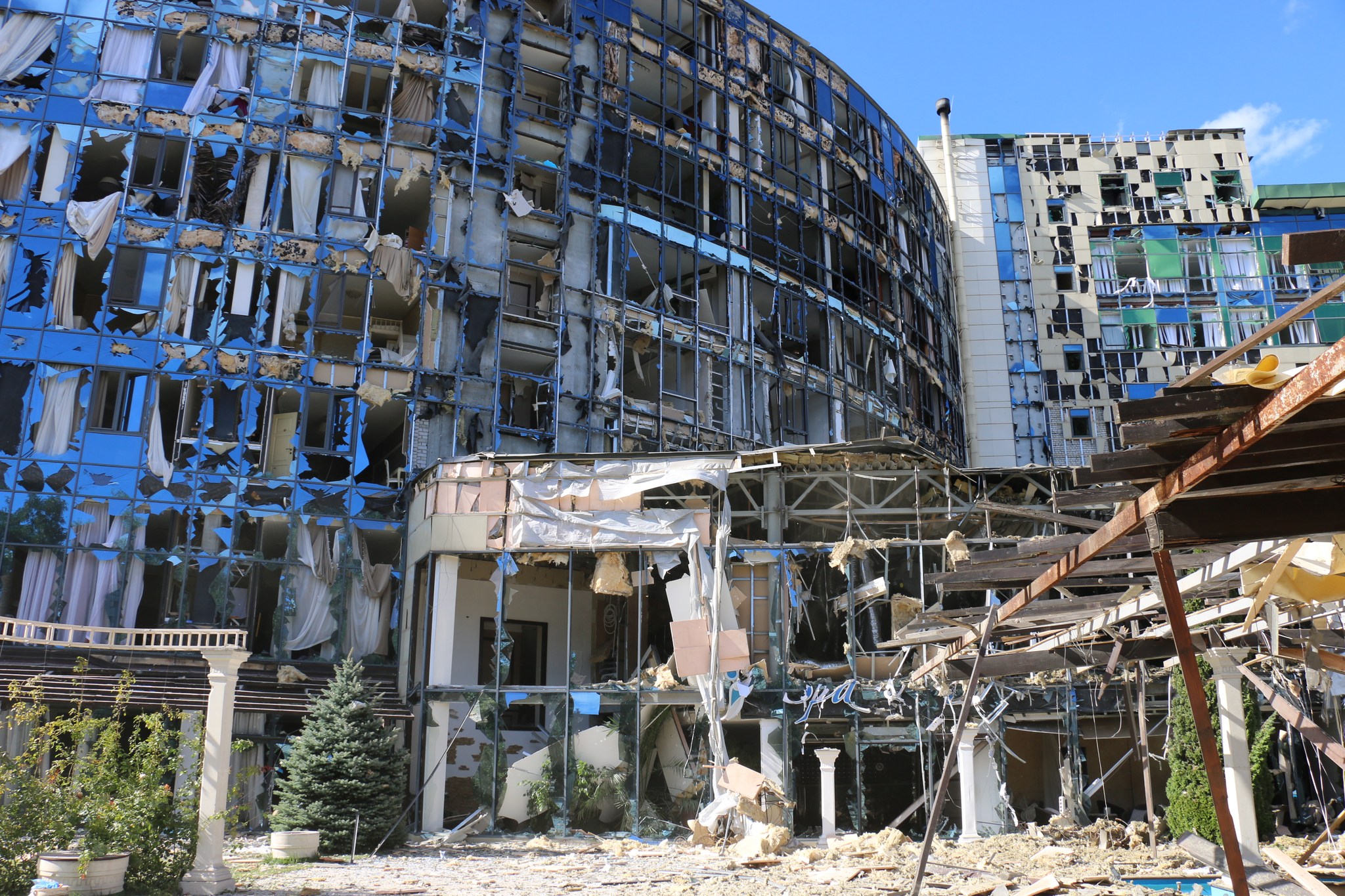
“People should be able to unite to create their homes.” – Maksym Lysogora
“Reconstruction is not about restoring Ukraine to its pre-war state … we have an opportunity to rethink our space.” – Roman Bilokrynytskyi
“Rebuilding is first and foremost a complex social process.” – Anastasiia Varvanina
“We must rebuild not only the destroyed, but the whole, because everyone has suffered.” – Artur Bondarenko
“Reconstruction should be from the point of view of a new architectural heritage.” – Kateryna Yarova
“Reconstruction means that Ukrainians will be able to go back to their homes, families, and friends.” – Yulia Yarygina
“You can be endlessly empathetic to the problems of other countries, but this is different. I am a direct participant.” – Alex Fil
Since August last year, Canadian architecture firm WZMH has been engaging with Ukrainian architects, designers, and students on rebuilding their war-ravaged country.
It invited them to imagine a building using the concept it and its innovation lab Sparkbird created for a modular, precast concrete system for quickly repairing damaged structures, called Speedstac.
Here, seven of them share their concepts, as well as their thoughts on what the massive task of rebuilding Ukraine means to them.
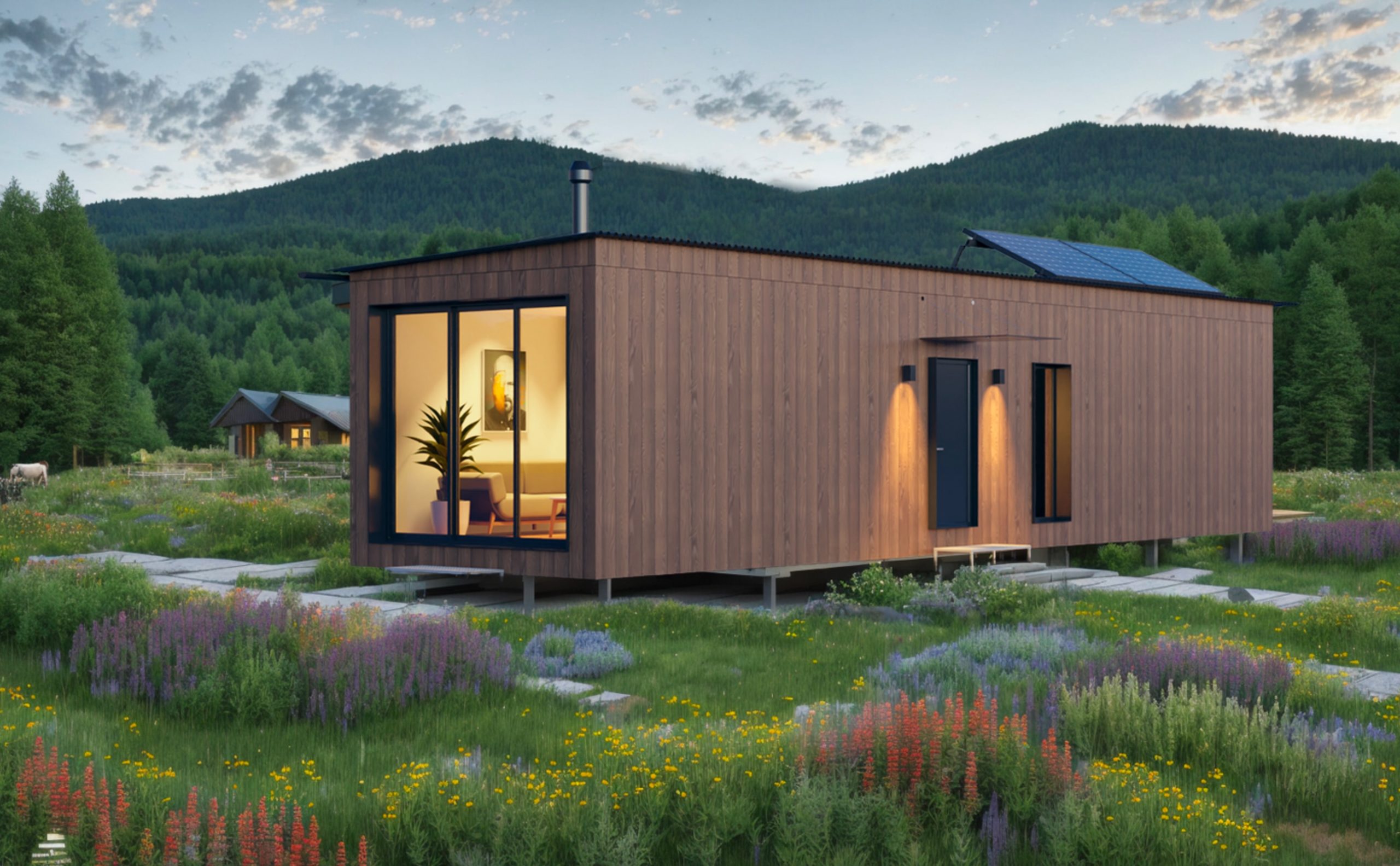
Maksym Lysogora
Architect, urban designer, and urban activist
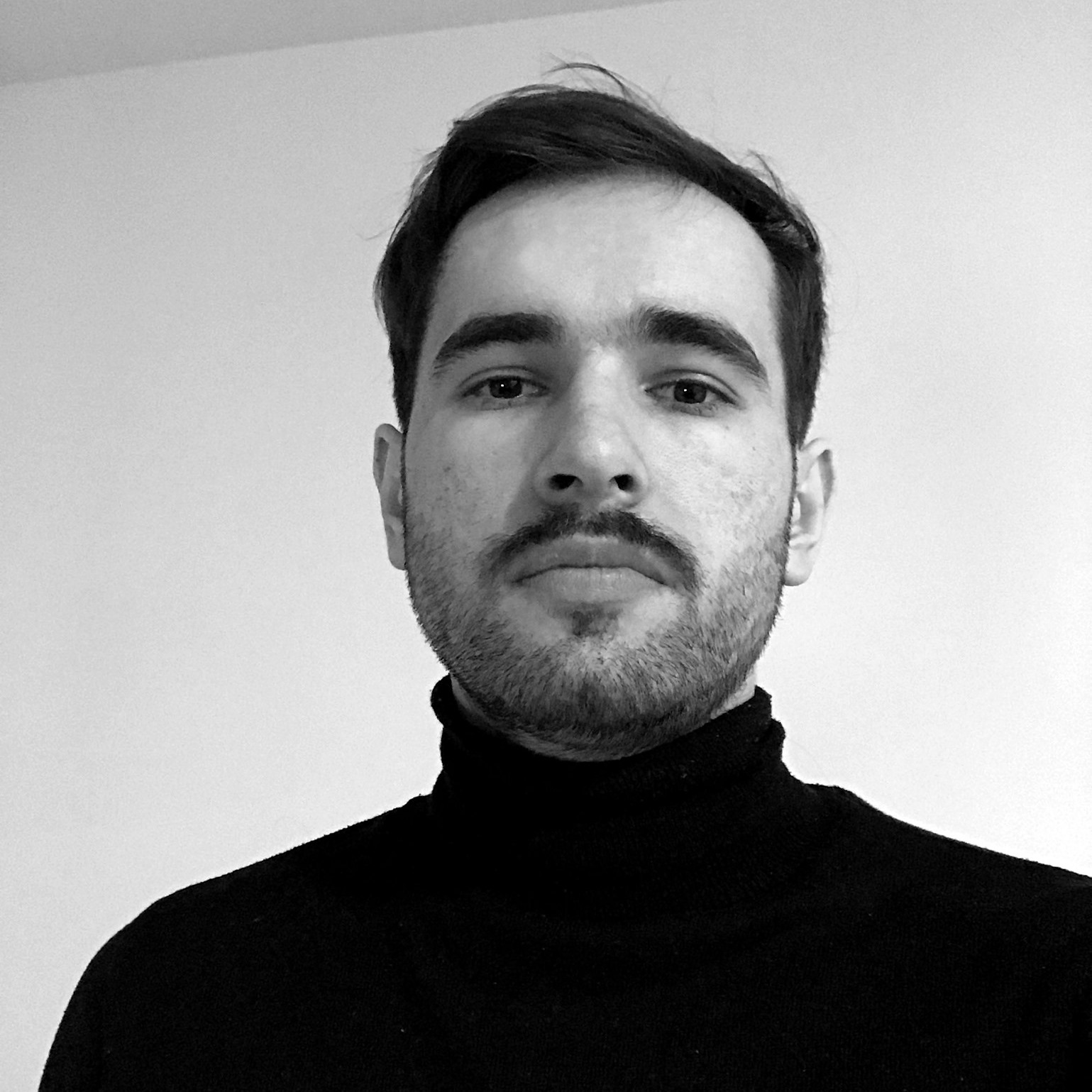
For me, rebuilding is an opportunity to break ties with the metastases of Soviet urbanism. Ukrainian society was very atomized. Not least because of architecture. Residential buildings continued to be built on the principle of “my house is my fortress”.
People didn’t know their neighbours in the stairwell, let alone their neighbours in the yard or on the street.
Soviet urbanism had an apt phrase: sleeping neighbourhoods. That is, home is a place to recuperate between shifts at the factory. It is very important not to reproduce those urban planning and architectural mistakes.
Foremost, it is a work to strengthen social ties within an apartment, house, or neighbourhood. Even the reconstruction process itself can be used as a strong unifying factor. People should be able to unite to create their homes. Society is stronger than the sum of its individuals.
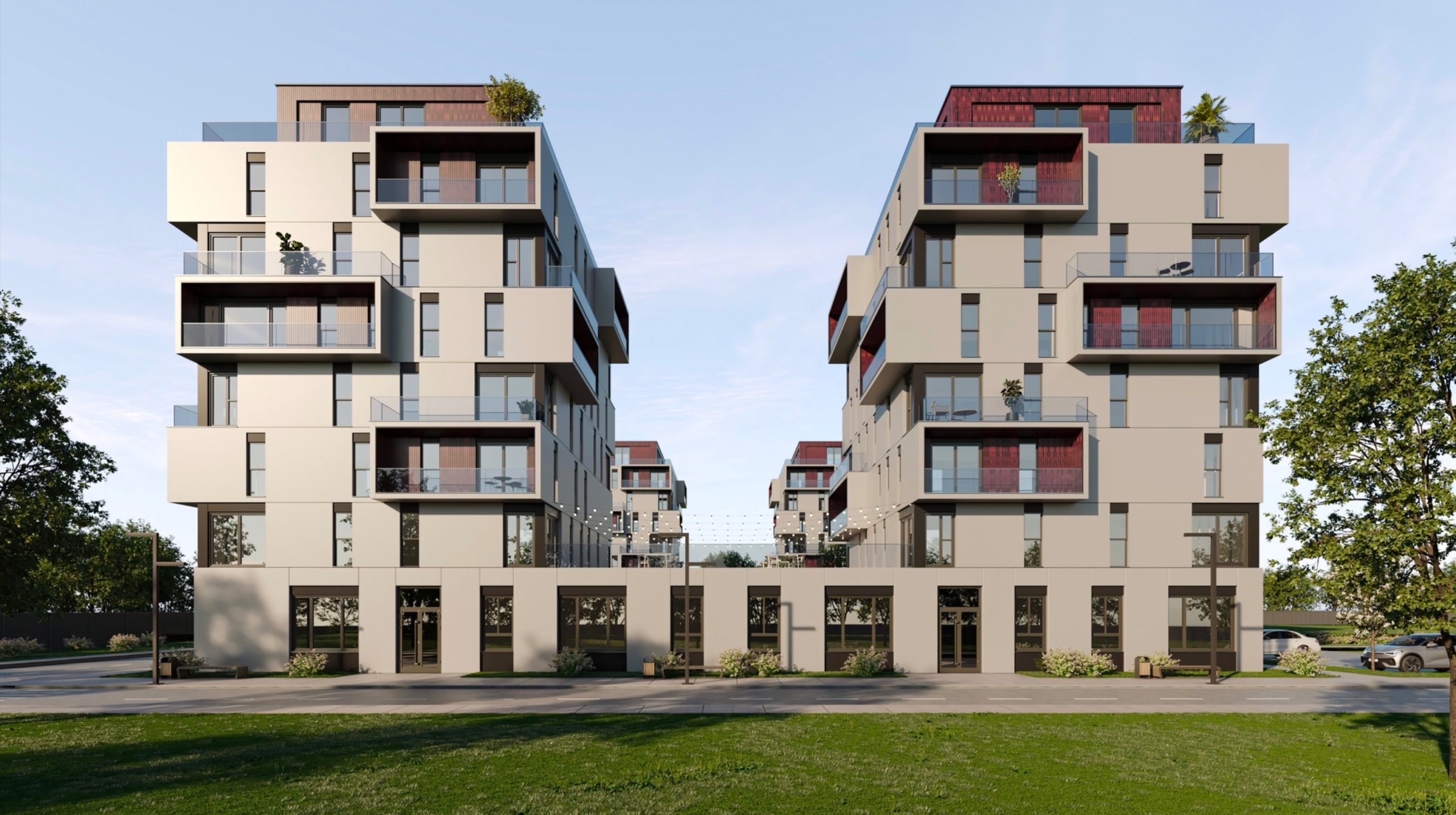
Roman Bilokrynytskyi
Architect, designer

In my opinion, reconstruction is not about restoring Ukraine to its pre-war state. It is not enough to repair the damage, we have an opportunity to rethink our space.
By analysing the best practices of other countries, advice from urbanists and architects, new approaches to urban design, and military experience, we can make our spaces safe, functional, inclusive, and attractive if we choose a good strategy and make the right investments.
We are talking about a deep modernisation of the country. The new architecture of Ukraine will be modern, individual, based on the continuity of our traditions. It will have new meanings. The war in the country is certainly a disaster. However, on the other hand, it opens a window of opportunity, an attempt to engage global experts in various fields to modernise and rebuild Ukraine.
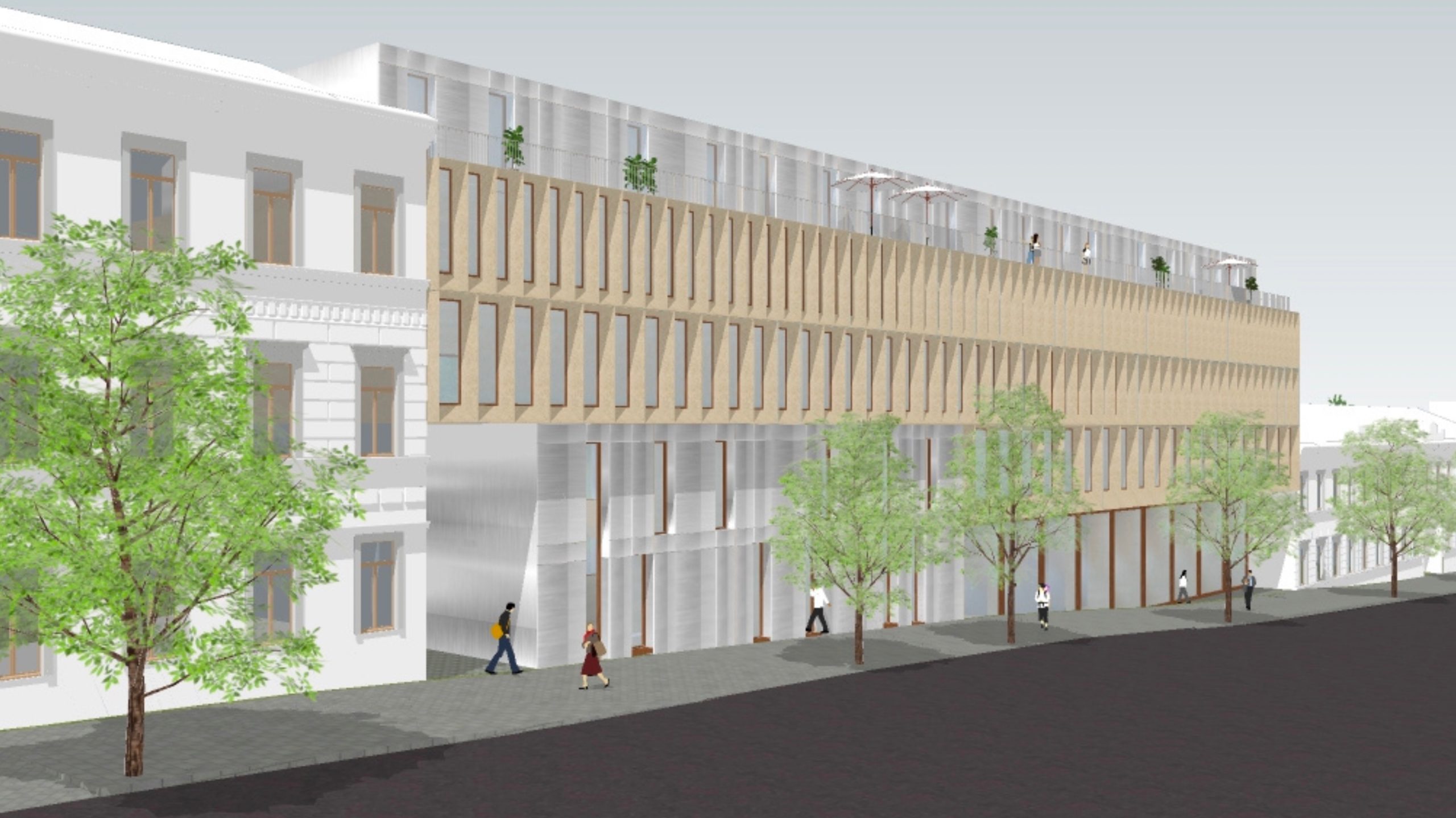
Anastasiia Varvanina
Architect, urban planner
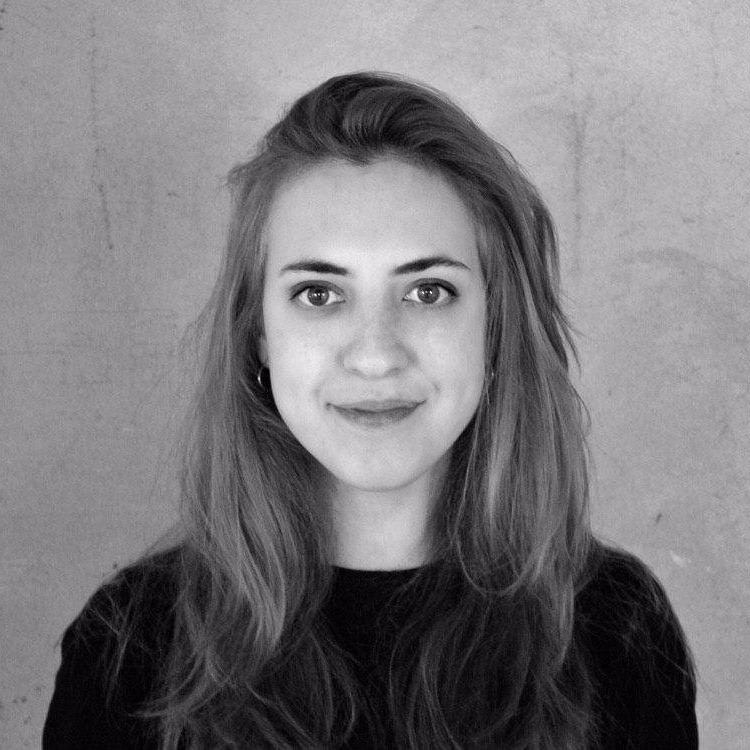
For me, the rebuilding (or perhaps better to say restoration) of Ukraine is first and foremost a complex social process, the first stages of which should analyse the mistakes of the past and the challenges of the future.
Planning and development scenarios are something we can definitely do right now, while still in the active phase of the war and under the threat of physical destruction. For me, the future architecture in this process is a derivative result.
Given the enormous destruction caused by Russian aggression, we must act quickly. Rethink policy quickly, design quickly, build quickly.
But at the same time, we want the process to be natural. Because, on the one hand, rebuilding is a chance to start from scratch. On the other hand, it is important not to lose yourself.
I believe that focusing on principles and values, paying double attention to the context, and searching for our identity and the identity of our cities should help us cope with this extremely difficult task.
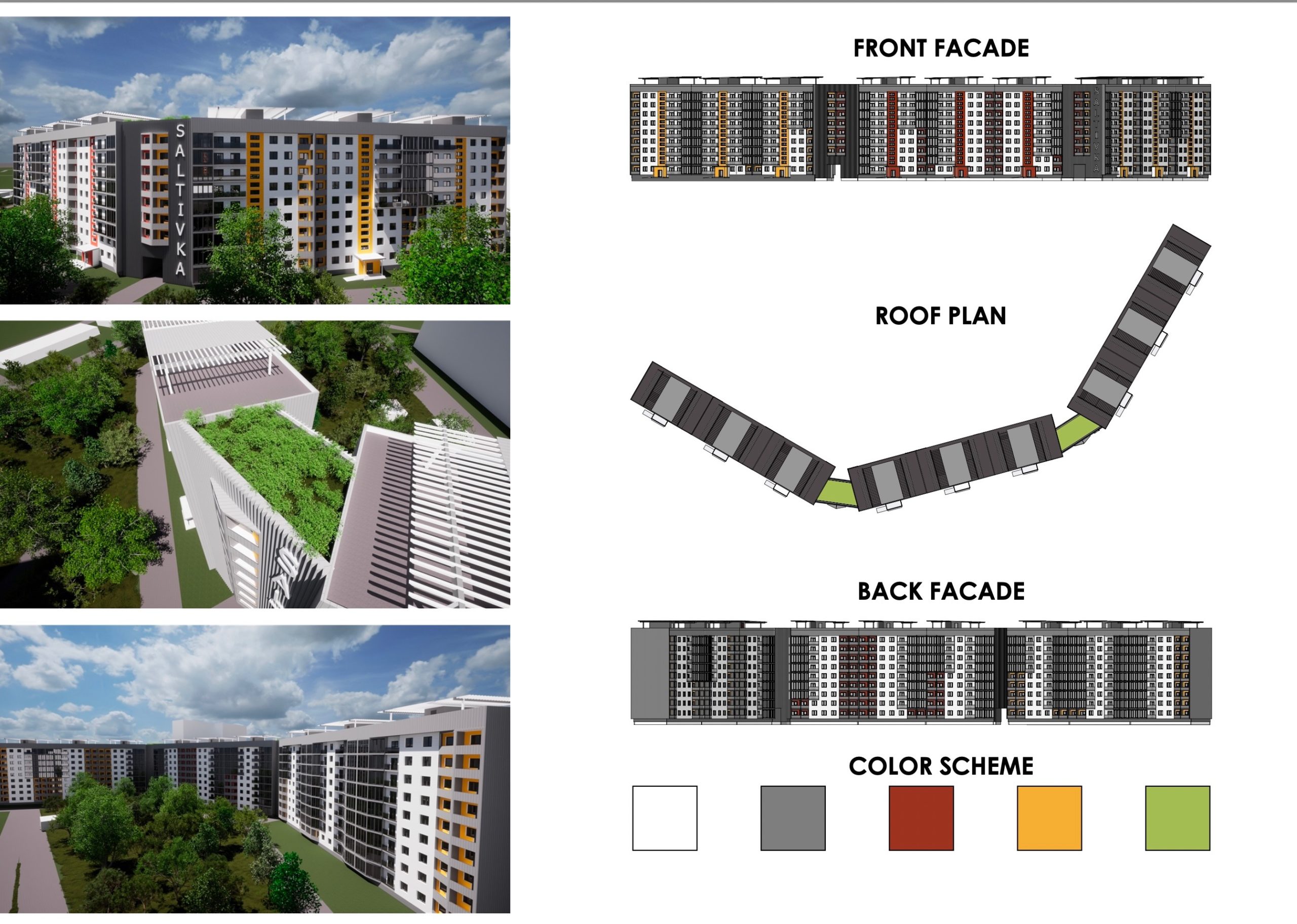
Artur Bondarenko
1st year sudent, National University “Zaporizhzhia Polytechnic”
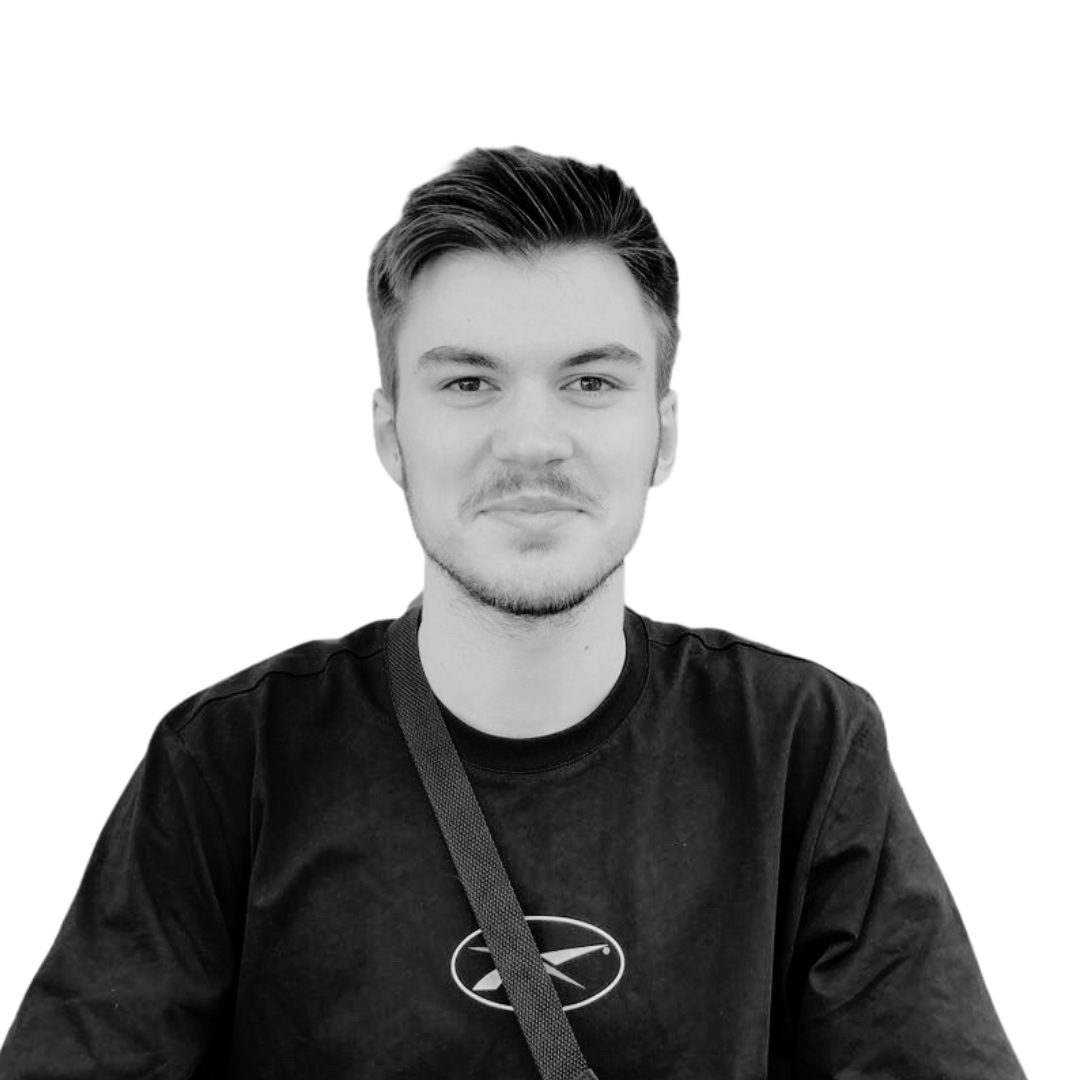
Rebuilding Ukraine is a life. I believe that rebuilding our country means rebuilding each of us.
Because of the war, we lost our normal life, and for many people it is their home, city, street, school, and everything around them.
But we must not only restore everything as it was, but also consider the trends of the new time, namely: accessibility and sustainability of design, comfort, and human scale.
And, most importantly, we must rebuild not only the destroyed, but the whole, because everyone has suffered – everyone deserves to live in a modern country. If we want to live better, we need to make everything better, not just individual pieces.
For me, the goal of rebuilding has become a strong factor in influencing my projects, mainly because it shows great humanity and respect for everyone who uses any space, not just the modern form.
The main thing that guides my projects now is reflection on the war and simplicity. We need to build quickly, comfortably, beautifully, and for a long time. We must build something new and unique, but at my own discretion, I believe that we cannot do without standard projects, but we will improve and change them for every settlement in our country and rebuild every corner of it.
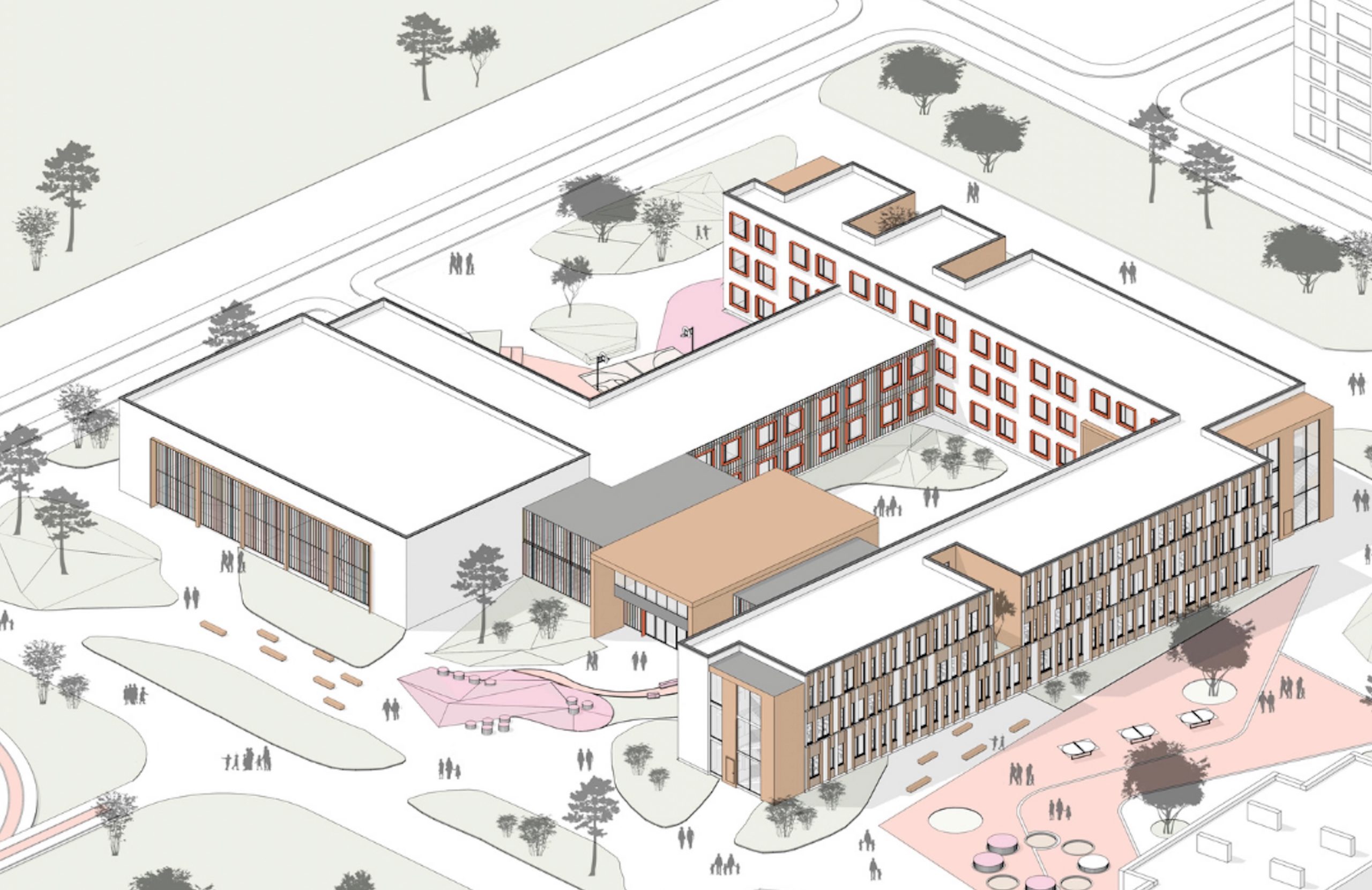
Kateryna Yarova
Architect, founder of IK-architects, Kharkiv
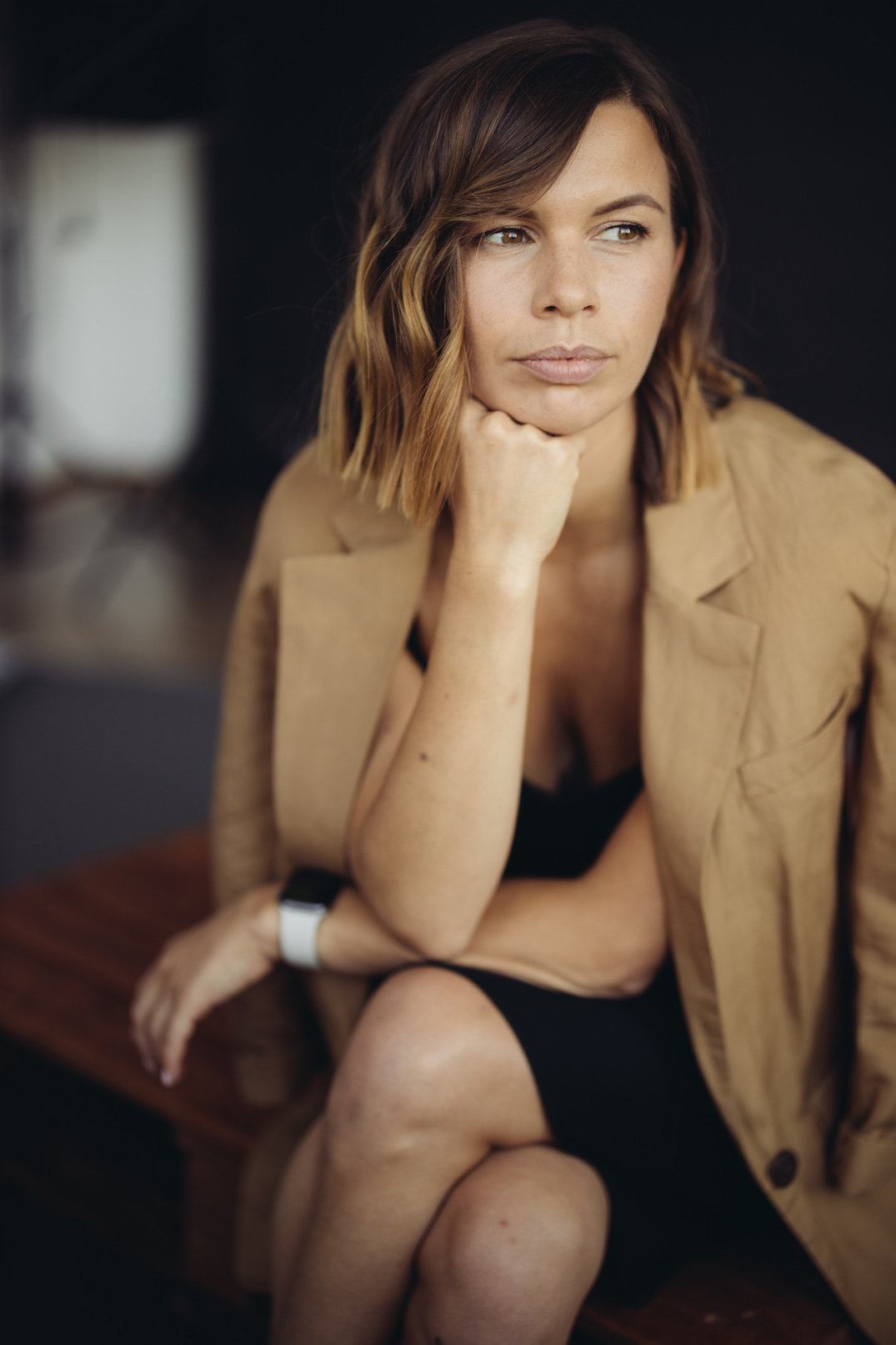
For me, rebuilding Ukraine is a new heritage.
I believe that all reconstruction projects should be developed not from the point of view of a temporary, quick solution to quickly close the issue, but from the point of view of a new architectural heritage that will remain for new generations. Reconstruction is a strategy for the development of a village, city, region, and country. In my opinion, it is not necessary to restore what has been destroyed, but to analyse current and future needs.
High-quality architecture is the main goal of all projects developed by IK-architects. It is the rethinking of design criteria and principles that leads to the creation of new architecture. IK-architects has developed a project for the restoration of VILNA School in Ukraine, which can become one of the symbols of rethinking the education system and design approaches to educational institutions. New trends and the digitalisation of the educational process force us to thoroughly reformulate the approach to education, revise the principles of formation of educational institutions, recreational spaces, and design.
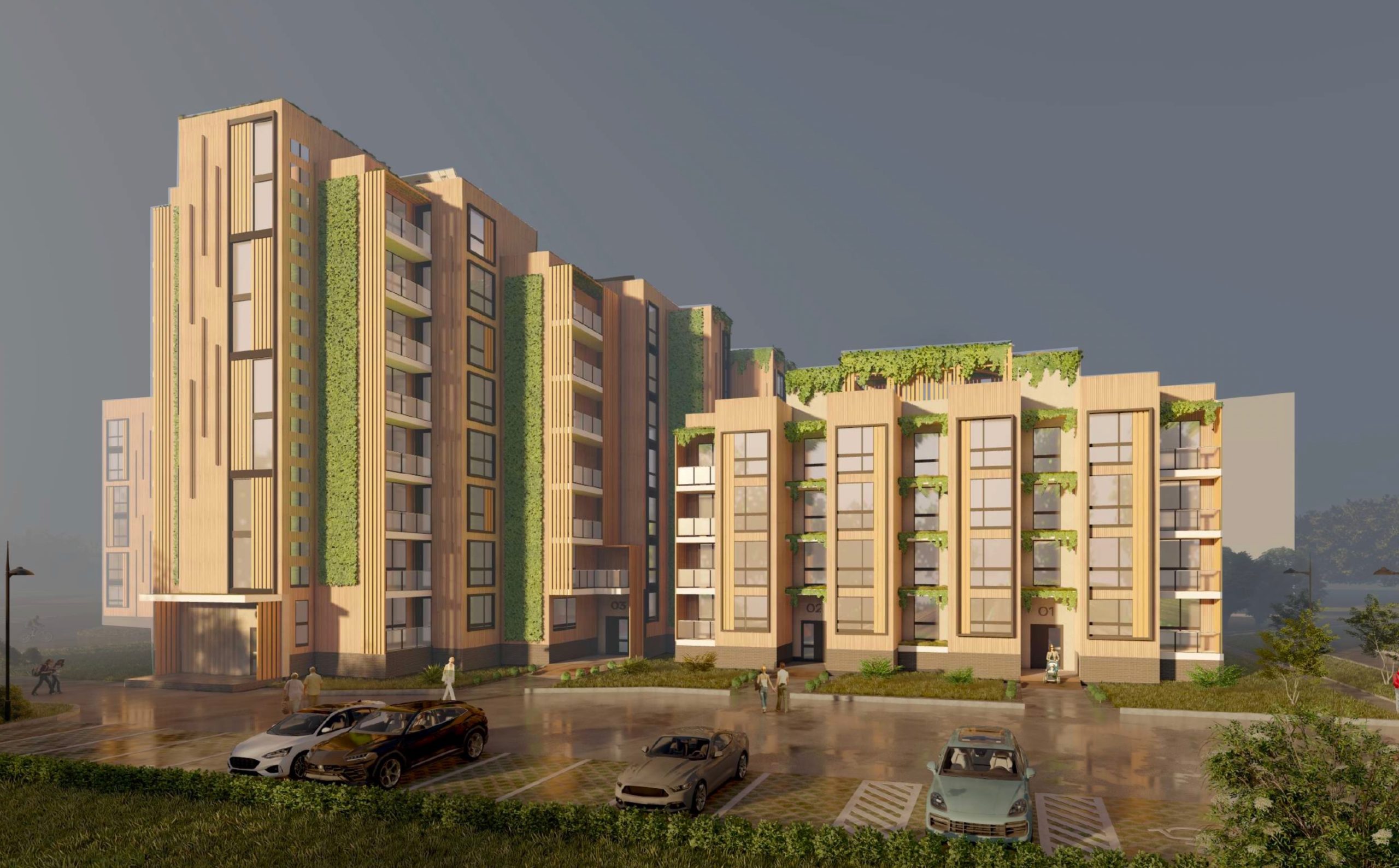
Yulia Yarygina
Student, Donbass National Academy of Civil Engineering and Architecture

After the war, reconstruction in Ukraine means that many Ukrainians will be able to go back to their homes, families, and friends.
Personally, from the architectural side of this problem, I would like to support people with design: the use of warm colours, high-quality facade finishes, more natural materials, landscaping, and energy-efficient solutions.
Prefabricated buildings, which are more popular in Europe and the West than in Ukraine, will help to facilitate the quick return of the city’s residents.
Since the war has caused many losses and the percentage of people with limited mobility has increased dramatically, aspiring architects like me should pay attention to barrier-free access for people. Absolutely all people should feel comfortable in their new living conditions.
In the new cities, we have the chance to fix the mistakes of the past, such as giving preference to low-rise buildings, isolated courtyards, and bringing back the inspiration of the old residents with new modern facades.
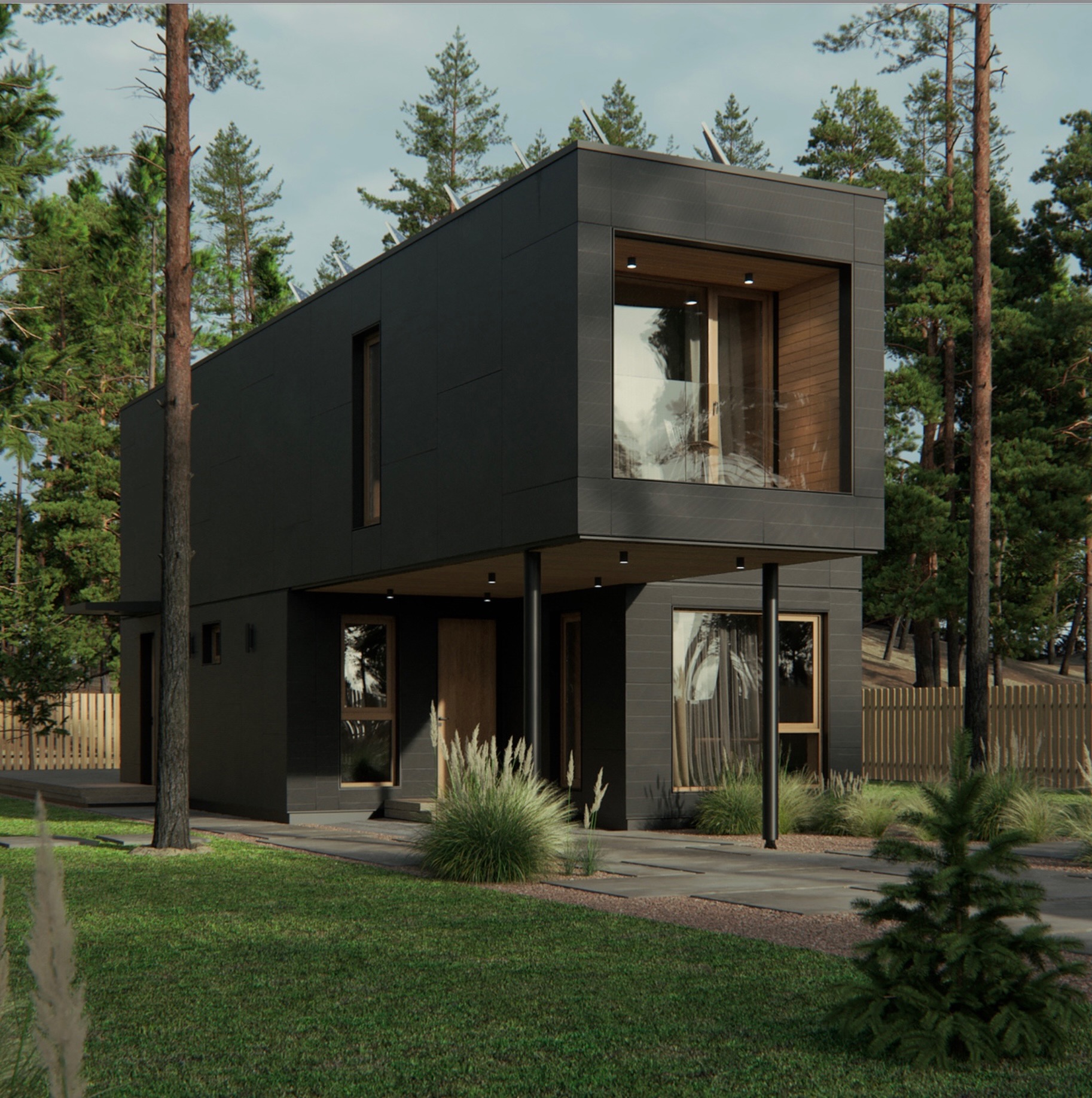
Alex Fil
Architect, co-founder F2 bureau, tutor at Kharkiv State Academy of Design and Arts
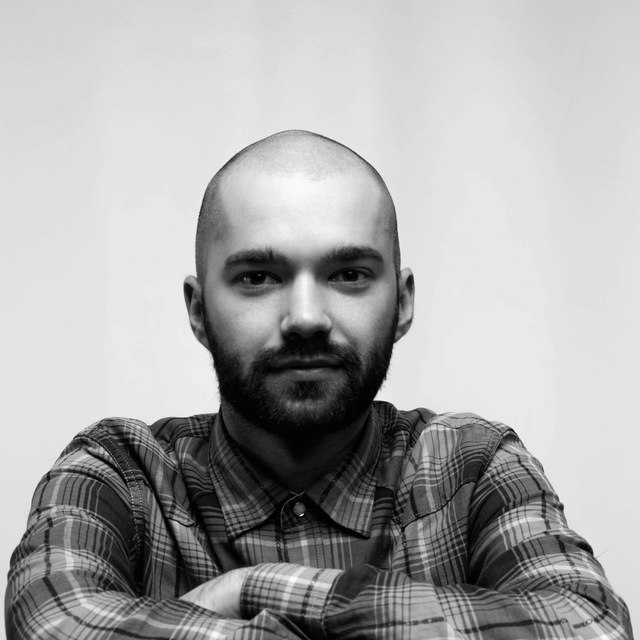
The last time such a large-scale rebuilding was needed was after the Second World War, it was not an easy task, but the world did it, and we can do it too.
I feel responsible for this as a citizen because it concerns everyone who has a passport with a trident, and especially as an architect, because this is something I can help with.
You can be endlessly empathetic to the problems of other countries, but this is different. I am a direct participant.
Of course, this emotional experience affects my work: I can’t say how exactly, but it is felt.
The rebuilding wheel is in motion, and I’m guessing we’ll be able to talk about the effects of the war on design, architecture, and artistic expression in the next 5–10 years.
Now, I can say that we have a unique chance to build the future in every sense of the expression.
- With special thanks to the efforts of Angelina Murashka at Idea Workshop
Further reading:





